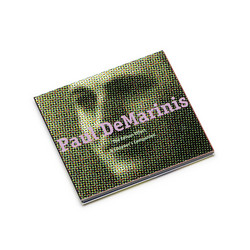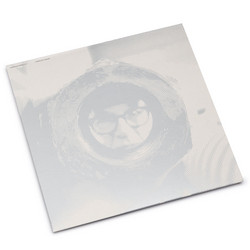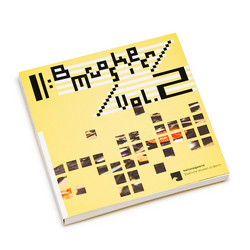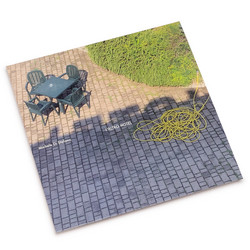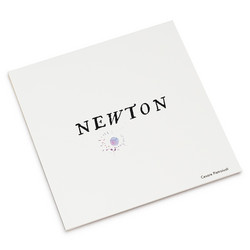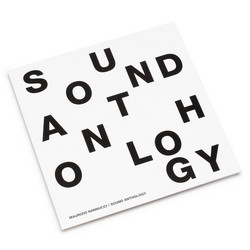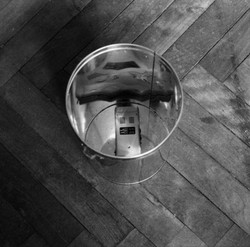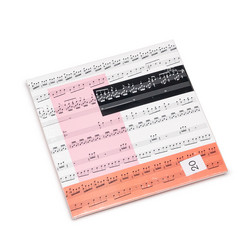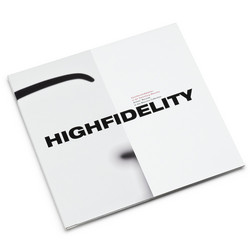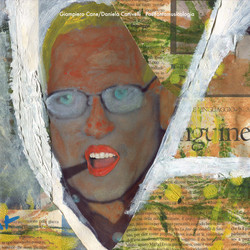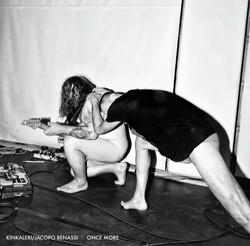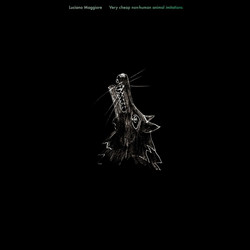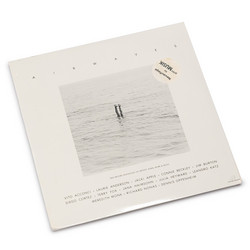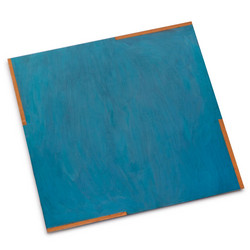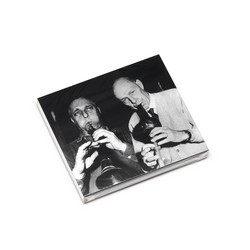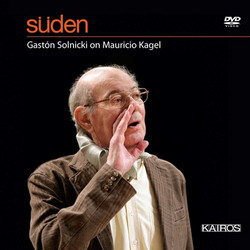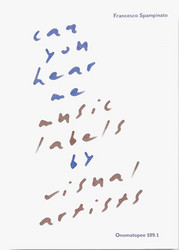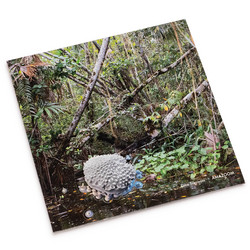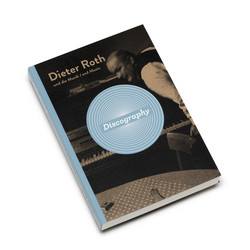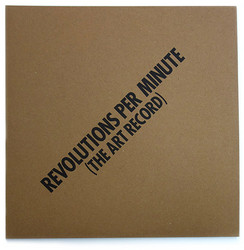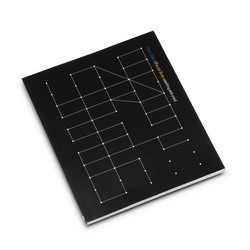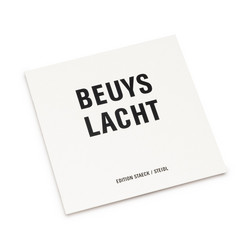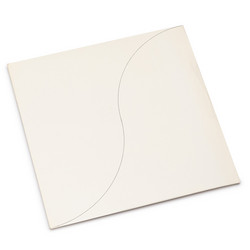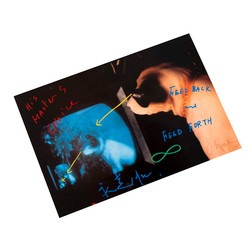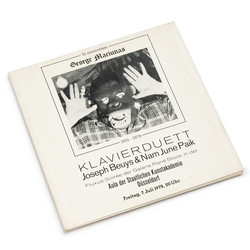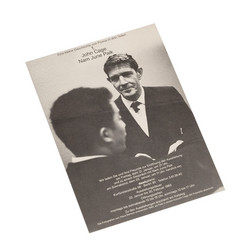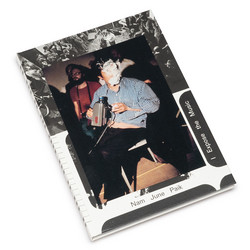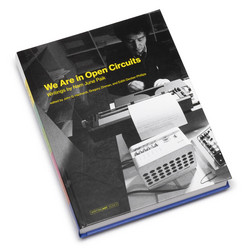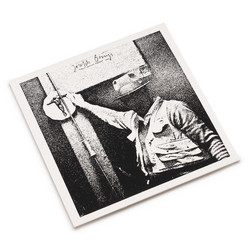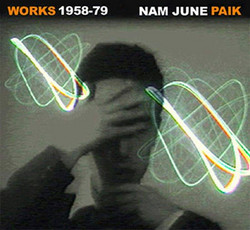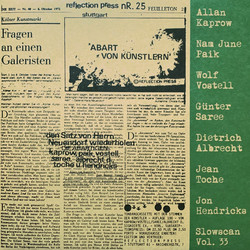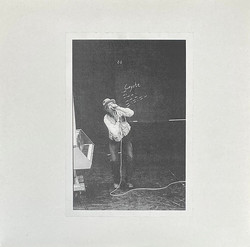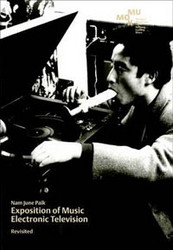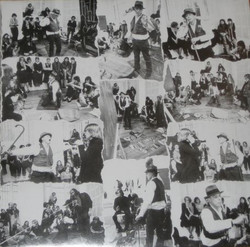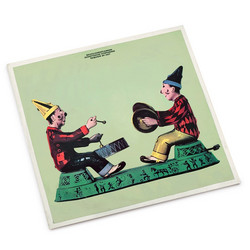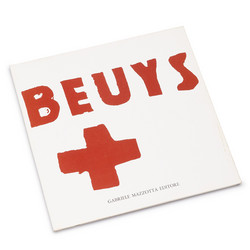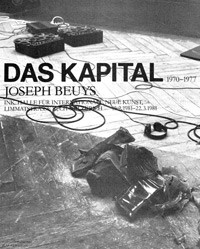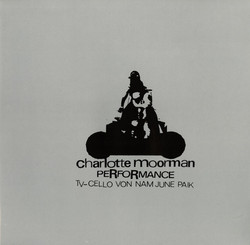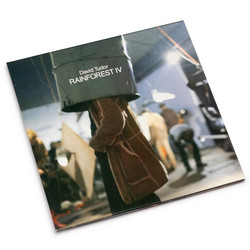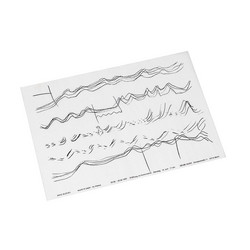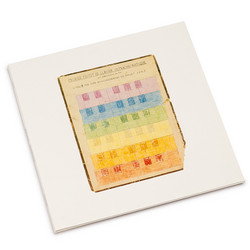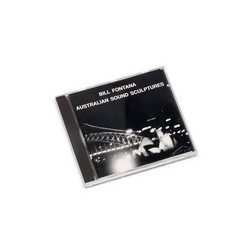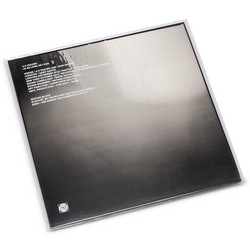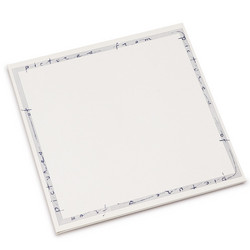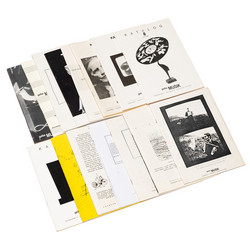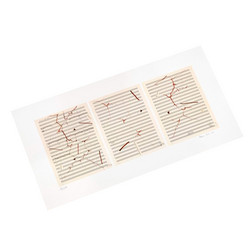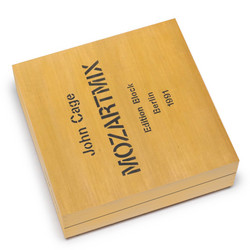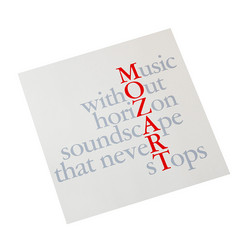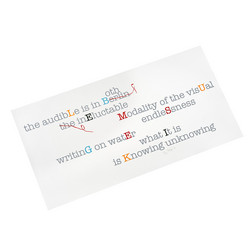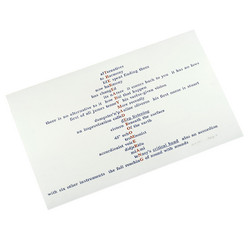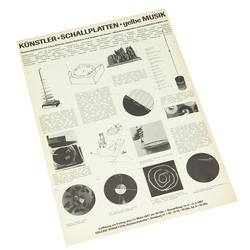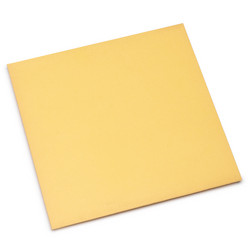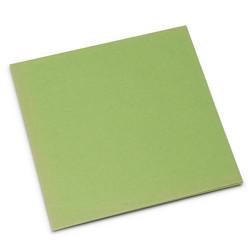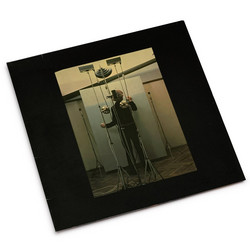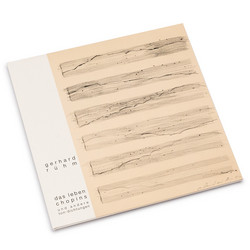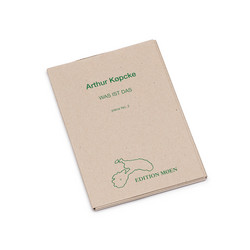Joseph Beuys, Nam June Paik
In Memoriam George Maciunas: Klavierduett (2LP, signed)
Signed. Comes with its original record bag/shopper! When George Maciunas died in New York in 1978, aged 47, Joseph Beuys and Nam June Paik did what artists do when words fail: they played. The piano duet they performed at Düsseldorf's Kunstakademie lasted precisely 74 minutes, the numbers inverted as if time itself could be bent backward in grief. An alarm clock ended the performance at 9:14 pm, another numerical echo of Maciunas's brief, incendiary life. This wasn't theater. It was something rawer, more necessary. The founder and chairman of Fluxus was gone, and two of his most restless collaborators sat at a piano to mark the absence. What came out wasn't a eulogy in any conventional sense but rather a sound document of introspection, wandering, refusal to resolve. The performance, curated by Galerie René Block as part of a Fluxus soirée, became one of those rare moments where the gesture and the grief were inseparable.
In Memoriam George Maciunas: Klavierduett appeared on vinyl four years later through Edition Block Berlin, spread across three sides of a double LP. The original liner notes state it plainly: "In invert of these numbers the duration the piano-duett, performed to his memory by Joseph Beuys and Nam June Paik was planned for 74 minutes. The end of this memorable evening at the Kunstakademie of Düsseldorf was determined by an alarm-clock, set for 9:14 pm." There's no sentimentality here, just the facts arranged like objects on a table. The music itself moves with the same deliberation, stark clusters and isolated notes that don't so much fill silence as acknowledge it. Beuys, the German sculptor and theorist who treated art as social engagement, and Paik, the Korean-American video pioneer who rewired television like it was nervous system, weren't virtuosos at the keyboard. That was the point. This was about presence, not proficiency, about two people occupying the same sonic space while thinking about a third who couldn't be there.
The gatefold sleeve, designed with photographs by Ute Klophaus, captures Beuys and Paik mid-performance, faces concentrated, hands moving across keys with the careful attention of ritual. These images have become iconic in their own right, visual evidence of what happens when conceptual art stops theorizing and starts feeling. The recording has since entered the permanent collection of the Museum of Modern Art in New York and commands serious attention from collectors who understand that some artifacts can't be separated from the moments that produced them. Signed copies surface occasionally, bearing Beuys's penciled signature on the front cover, small relics of a night when three artists, two living and one dead, briefly occupied the same room.

